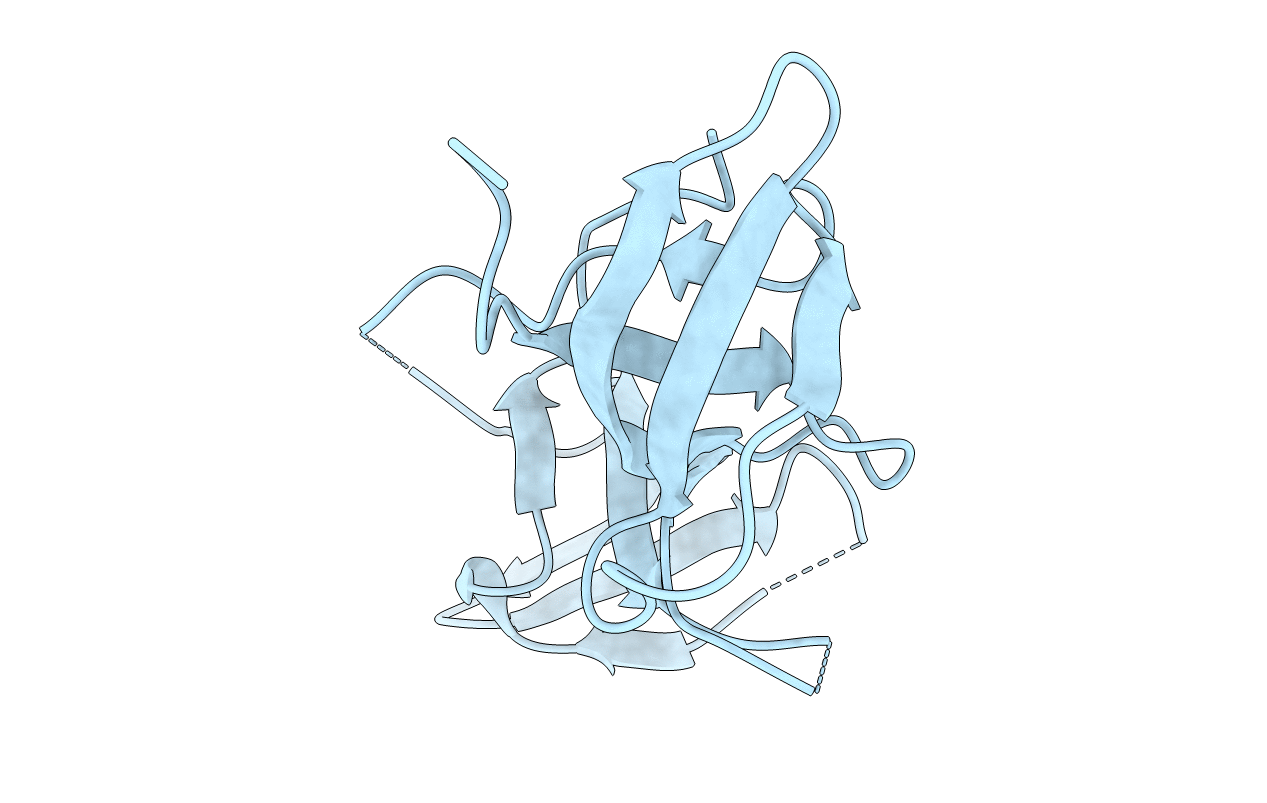
Deposition Date
2009-04-29
Release Date
2009-06-16
Last Version Date
2024-11-06
Method Details:
Experimental Method:
Resolution:
1.92 Å
R-Value Free:
0.25
R-Value Work:
0.21
R-Value Observed:
0.21
Space Group:
P 21 21 21


